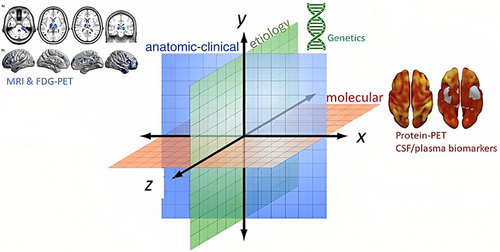INTRODUCTION: Prion encephalopathies are a group of diseases with a hereditary or acquired origin which, after a long asymptomatic period, give rise to rapidly progressing neurological disorders. This progression can only be explained by an exponential growth of the pathogenic protein load, which allows to keep the load in low levels for many years and then to grow swiftly in a few months.
DEVELOPMENT: Bearing in mind the knowledge currently available about the pathogenesis of prion diseases and patients' clinical progression, it becomes possible to distinguish several different periods of progression, the length of which can be estimated for each disease by reviewing the series of cases published to date. In general, the infectious prion diseases have a shorter period of latency than the hereditary ones and those caused by insertion of genetic material are associated to shorter latencies and to longer periods of illness than those caused by sporadic mutations. C
ONCLUSIONS: The rate of growth of the prion load depends essentially on how fast the pathogenic prion protein replicates; nevertheless, this growth is also modulated by other factors, many of which are polymorphisms in certain positions on the gene coding for prion protein or in other genes.
Free full text
Reference: Menéndez-González M, García-Fernández C, Suárez-San Martín E, Antón-González C, Blázquez-Menes B.Rev Neurol. The chronopathology of prion encephalopathies. 2004 Nov 16-30;39(10):962-5
DEVELOPMENT: Bearing in mind the knowledge currently available about the pathogenesis of prion diseases and patients' clinical progression, it becomes possible to distinguish several different periods of progression, the length of which can be estimated for each disease by reviewing the series of cases published to date. In general, the infectious prion diseases have a shorter period of latency than the hereditary ones and those caused by insertion of genetic material are associated to shorter latencies and to longer periods of illness than those caused by sporadic mutations. C
ONCLUSIONS: The rate of growth of the prion load depends essentially on how fast the pathogenic prion protein replicates; nevertheless, this growth is also modulated by other factors, many of which are polymorphisms in certain positions on the gene coding for prion protein or in other genes.
Free full text
Reference: Menéndez-González M, García-Fernández C, Suárez-San Martín E, Antón-González C, Blázquez-Menes B.Rev Neurol. The chronopathology of prion encephalopathies. 2004 Nov 16-30;39(10):962-5

